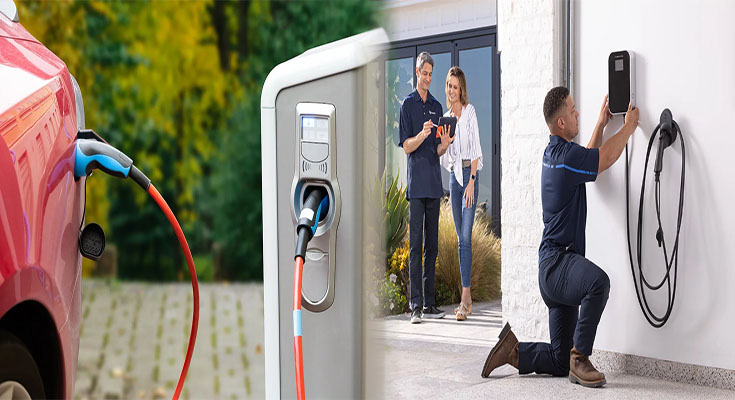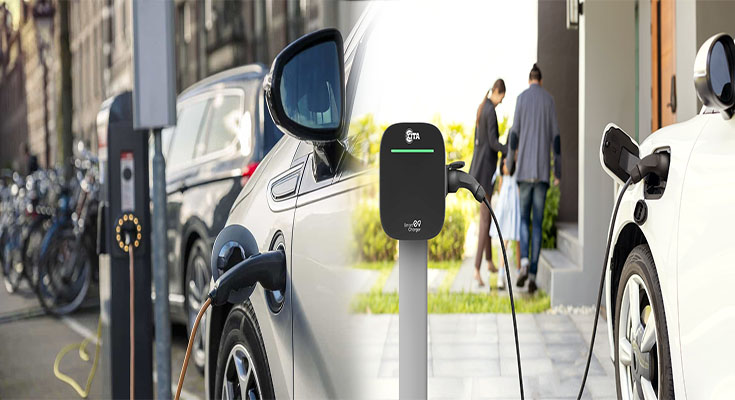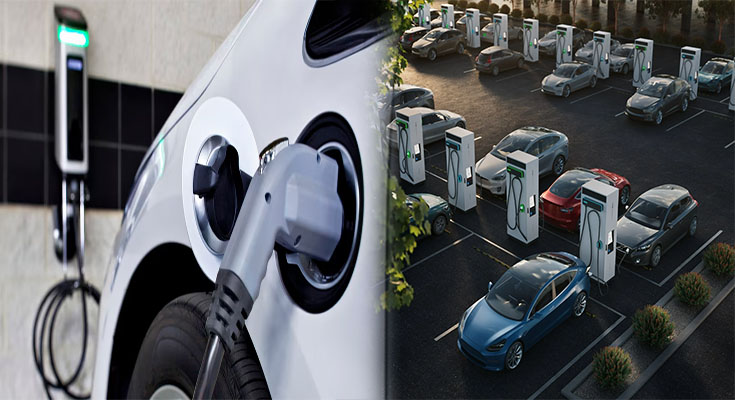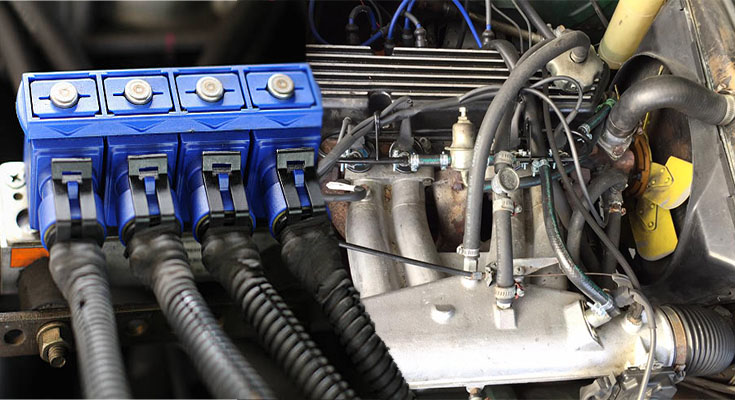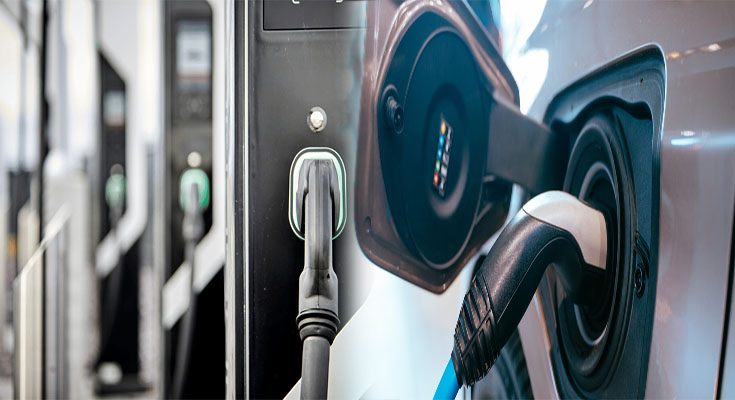
How to Choose the Right Type of EV Charging Station for Your Needs
As electric vehicles (EVs) become more prevalent on the roads, the need for efficient and reliable charging infrastructure becomes increasingly important. Whether you are a new EV owner or considering making the switch to electric mobility, choosing the right type of EV charging station is crucial to ensure seamless charging experiences. Here are some key factors to consider when selecting the most suitable charging station for your needs:
1. Charging Speed
One of the primary considerations when choosing an EV charging station is the charging speed it offers. Different EV charging stations come with varying power outputs, ranging from Level 1 chargers (120 volts) that provide a slow charge to Level 3 DC fast chargers that can charge your EV in a matter of minutes. Consider your daily driving habits and charging needs to determine the appropriate charging speed for your lifestyle.
2. Charging Location
The location where you plan …
How to Choose the Right Type of EV Charging Station for Your Needs Read More

